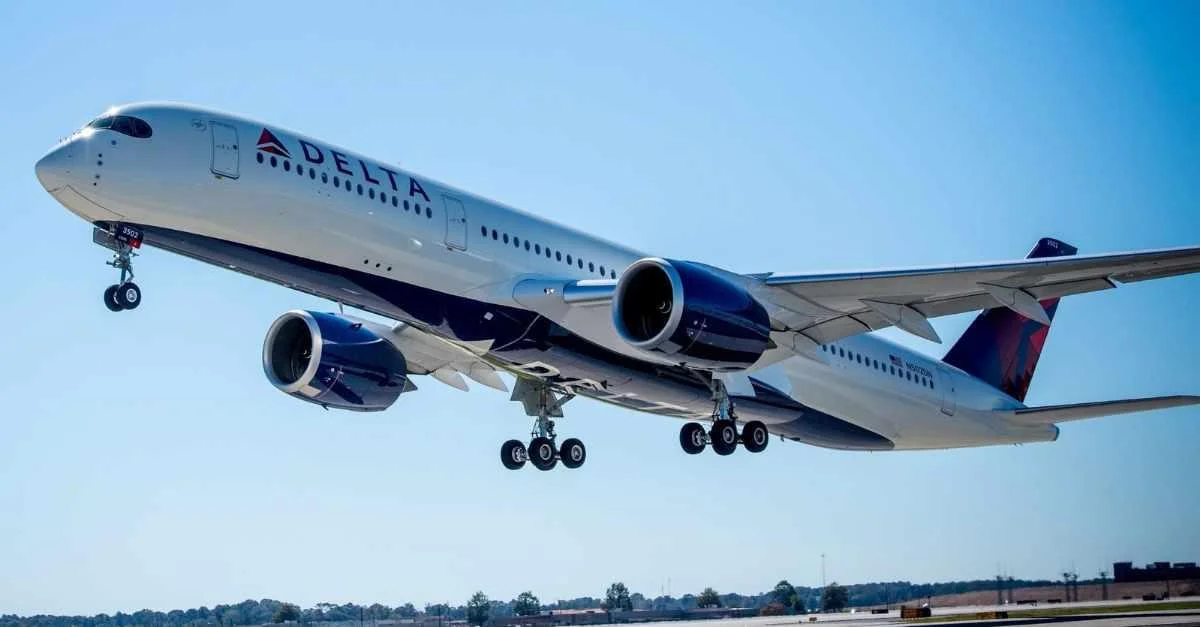Development of the Hawker Typhoon began in 1936 when Sydney Camm, designer of the Hurricane, started working on its successor. Camm proposed two designs: one powered by Napier Sabre engine and another (Type R) powered by Rolls-Royce Vulture engine; both delivered more than \[2\],000 horsepower.
These designs were submitted to Britain's Air Ministry which issued Specification F\.18/37 calling for an aircraft capable of flying over \[400\] miles per hour at \[15\],000 feet with an impressive service ceiling up to \[35\],000 feet armed heavily with machine guns among other specifications needed then placed orders totaling \[500\] units each design named Tornado & Typhoons respectively by July \[1939\].
The first prototype took flight on February \[24th\], \[1940\], powered by Napier Sabre engine despite developmental delays caused initial testing setbacks including mid-air structural failure May same year yet test pilot Philip Lucas managed landing earning him George Medal recognition thereafter production prioritized proven models like Supermarine Spitfire & Hurricanes under Lord Beaverbrook's directive until second prototype armed Hispano cannons flew May third finalizing orders exceeding thousand fighters from Hawkers alone while Avro handled Tornado developments separately ensuring focus remained building crucial Hurricanes needed
Despite early operational flaws exposing principal limitations countering Focke- Wulf FW-\[190s\] according Canadian Aviation Space Museum structural failures persistent engine problems required extensive modifications airframe correcting dangerous flutter tail sections revealed crashes including fatality Ken Seth-Smith test pilot nonetheless attracting notable aviators Squadron Leader Roland Beamont praising heavy firepower capabilities
By late-\[1942\] proving effective low-level raids intercepting successfully transitioning ground attack roles targeting German positions deploying powerful engines carrying up two thousand-pound bombs alongside RP-\[3\] rockets although accuracy challenges remained squadrons played key Allied Normandy invasion targeting supply lines troop concentrations according Air Force History Museums Program
"Despite many pilots overclaiming kills registered," reports indicate significant impact German morale disrupting Nazi military operations soldiers abandoning vehicles under attack dominance continuing throughout \[1944\]-\[45\] supporting advances continent "cab rank" missions providing immediate air support front lines concluding service October post-war replaced improved models like Tempests leaving legacy exceptional ground-attack jet despite initial struggles captured Luftwaffe trained against troublesome counterparts built totaling three thousand three hundred seventeen majority produced Gloster during conflict
 Alerts Sign-up
Alerts Sign-up




































